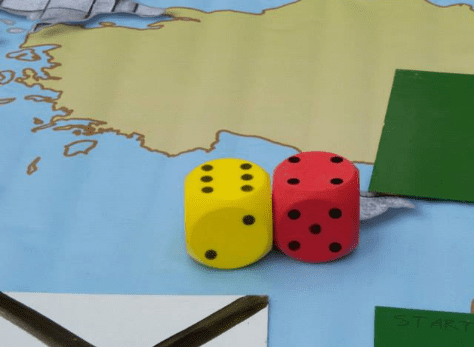You are a journalist and an activist for LBGTI rights, prosecuted in your country because of your work. On the run, you’re hiding from the police and plan to leave the country to avoid being sent to jail… Now if you were in this situation what would your next move be?
The dice roll and the player moves forward. The police arrive at your house and you need to escape quickly. You have 15 seconds to decide, what will you take with you?
This is what 23 year old Alenka Mrakovcic asked the participants of the human-size board game she installed in Ljubljana’s streets, Slovenia. The young Volunteer Coordinator for the SOS Europe campaign and her team created an immersive game to make people understand the different stories of the thousands of refugees who leave their home to reach European countries.
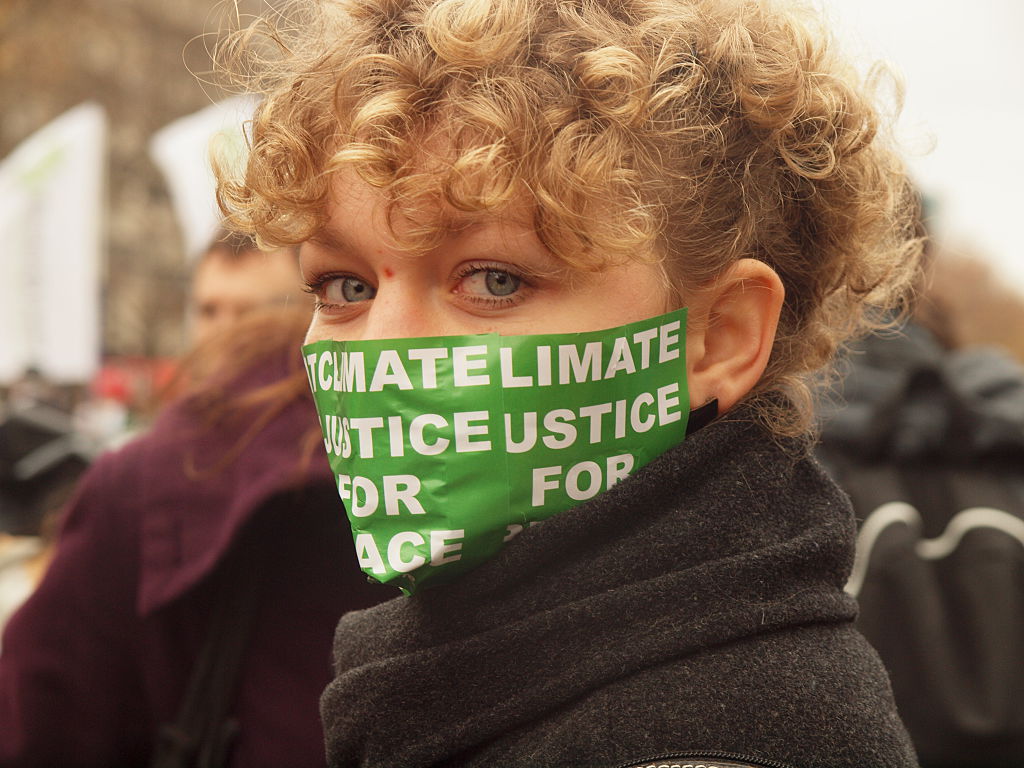
“I feel that most people don’t really hear about the stories of refugees,” she says. “Like me, before I started working with the SOS Europe campaign, people know little about the roads or the reasons for them to leave everything behind to reach Europe,” says Alenka.
Working as an activist for the past three years, Alenka has been trying to find the best way to communicate what she has learnt about migration. “Here, it’s quite tough to stop people in the streets to explain the campaign. Migration isn’t perceived as a big issue because, unlike in other countries, there are not so many arrivals here. Yet I believe it is important for people to hear about migrants’ journey and learn about their prejudices and stereotypes.”
“For that, we needed an idea – something new and provocative, something that would make people stop and think.”
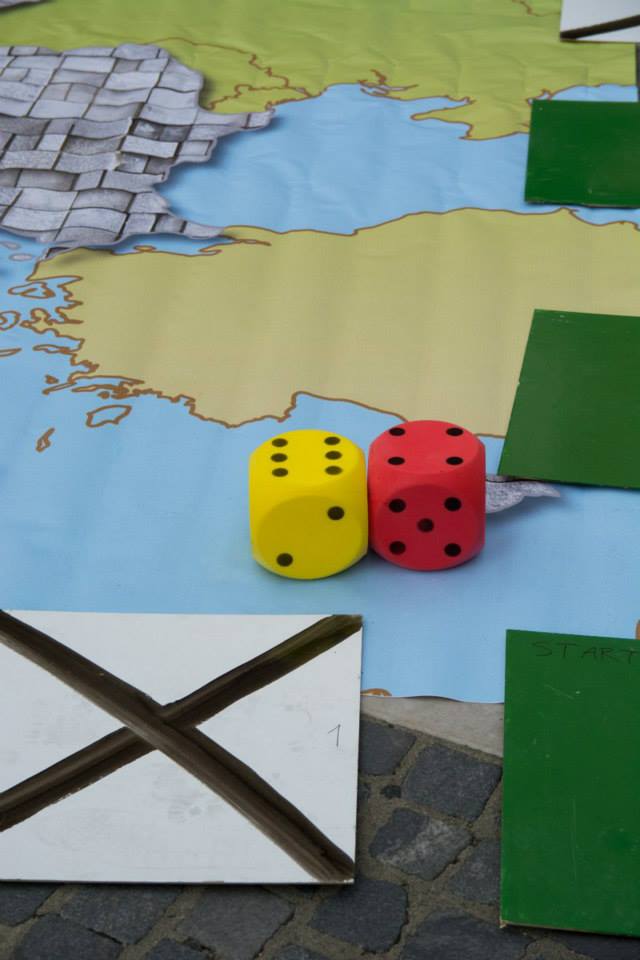
Four storylines, countless possibilities
Halfway between role-play and hazard game, Alenka’s resource is designed to include large numbers of players and scenarios. At the beginning of each round, players are randomly assigned to one of the four main storylines that form the basis of the plot: they can either become a journalist, young boy, woman, or a mother, on their way to cross the Mediterranean or the Balkans. Players then roll the dice to move forward. The coloured squares provide information about how the journey of their character unfolds.
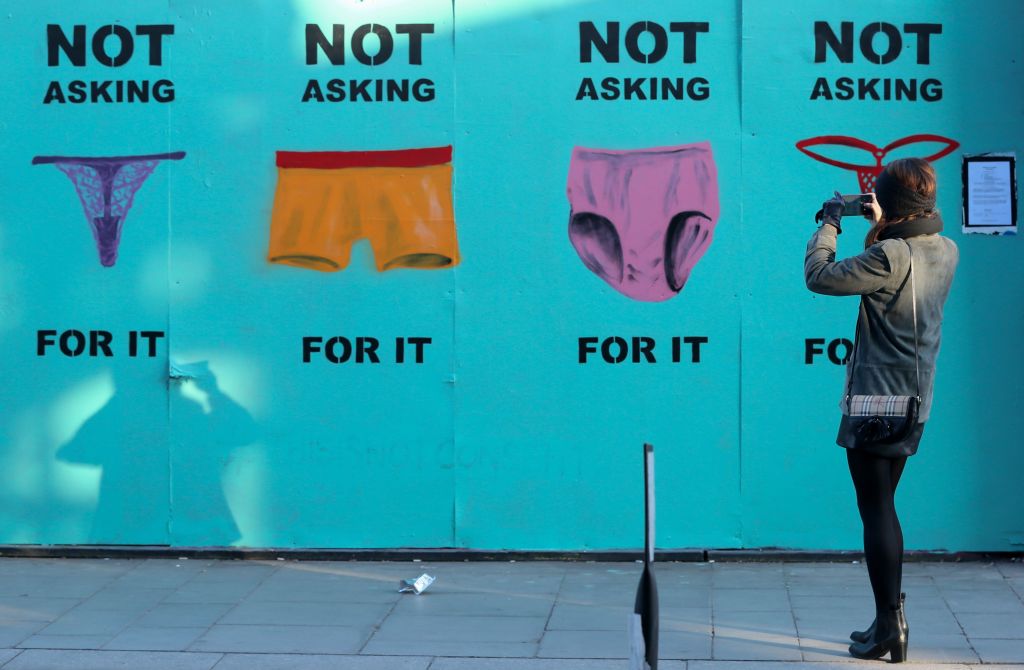
“Red squares mean your character will encounter obstacles, and green squares symbolize something good, or new information for your character. On the other hand, you need to avoid the squares with a cross, which put you in a hopeless situation marking the end of the game, or the deportation, of your character,” Alenka says.
Alenka was studying performing arts and drama. Inspired by a performance she remembered based on a similar concept, she developed a resource that would deliver the most information possible while maintaining a high degree of participation. With a team, she gathered reports, information and testimonies on the journeys of migrants travelling to Europe in order to create fictional scenarios based on real life. Places, roads, transport and administrative procedures are all elements the team took into account when writing the plot of the board game.
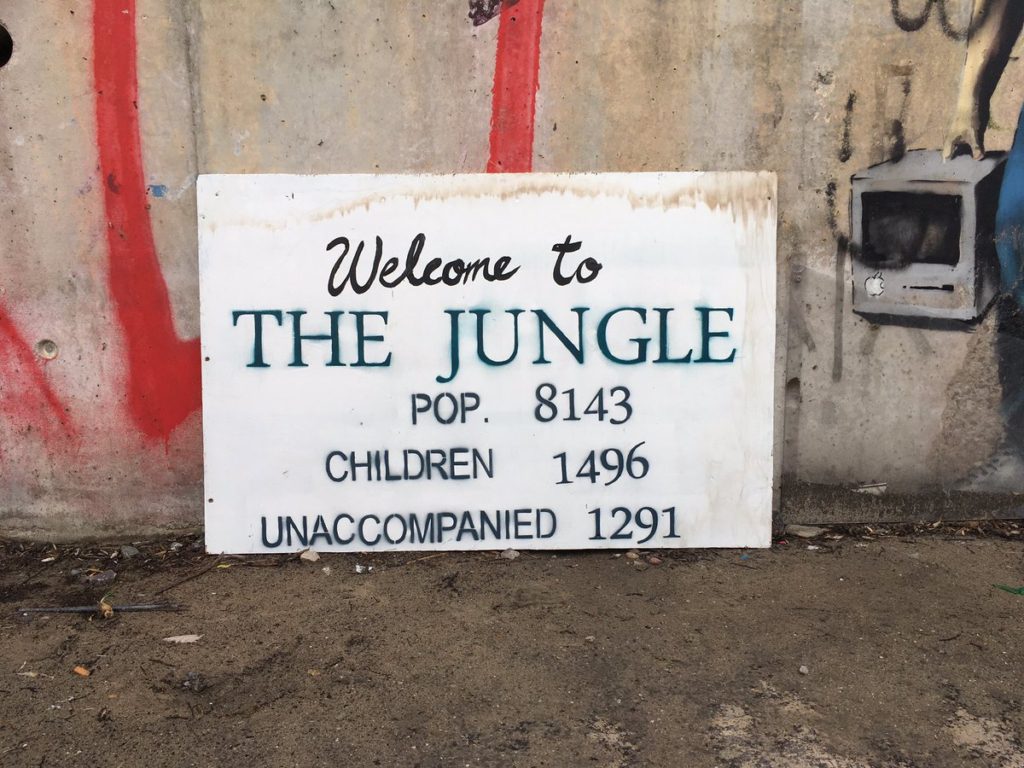
Alenka and her team included difficult situations and dilemmas to show the danger but also the costs involved in making these journeys.
“I understand some might find it disturbing to know that those kind of scenarios can happen for real. When we installed the game on Ljubljana’s main square on Refugee Day, we were visited by four local celebrities who participated. I remember one telling ‘For me it’s a game, but when I imagine that this situation could be real for someone else, it makes me sad.’ It enables participants to slip into someone else’s shoes, to empathize with someone else’s difficulties. This is something that one might otherwise not do.”
With this game, we wanted to give the opportunity to look at migration from a different perspective so that they would ask themselves ‘What would I do if I was in this kind of situation?’ or realise ‘This might have been me…’ Our game is meant to be provocative.
– Alenka Mrakovcic, Volunteer Coordinator for the SOS Europe campaign
Bringing the game to the classroom
Alenka and her team worked with Amnesty International Slovenia to design another version for children and students to use in schools. It takes the form of a snakes and ladders game focusing on the itinerary of a young Somali boy coming to Slovenia. “That way, it makes it easier for children to relate to the story,” Alenka describes.

On 9 and 10 May 2015, the game was used as a support for Amnesty International Slovenia’s human rights education activities at the annual event: ‘Path along the Wire’. The march is one of the country’s largest memorial events, where each year 30,000 people commemorate the end of Ljubljana’s occupation during the Second World War.
The children’s game was distributed to schools with a template for a participatory workshop for teachers to use in the classroom. “Students here don’t really have contact with migrants or their stories, which is why they can be full of prejudices or fear. This game and workshop can help us show children other perspectives,” says Ana Cemazar at Amnesty International Slovenia.
“The game and the workshop give students the opportunity to learn about the physical and administrative obstacles migrants face on their journey to Europe. After this activity, students’ evaluations have shown that they become more sensitive to the topic. They said they realised how dangerous and expensive the journey to Europe can be for people who are left with no choice but to leave their country,” says Ana.


